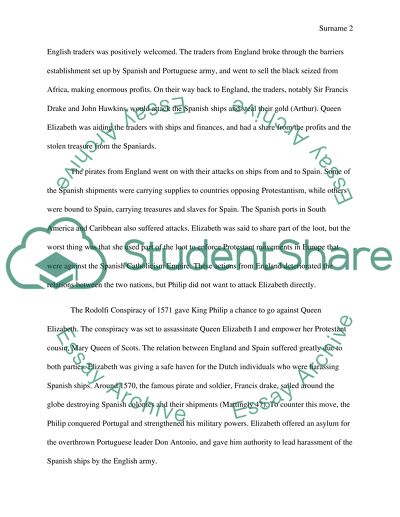Cite this document
(“The Fall of The Spanish Armada Research Paper Example | Topics and Well Written Essays - 1750 words”, n.d.)
Retrieved from https://studentshare.org/history/1393028-the-fall-of-the-spanish-armada
Retrieved from https://studentshare.org/history/1393028-the-fall-of-the-spanish-armada
(The Fall of The Spanish Armada Research Paper Example | Topics and Well Written Essays - 1750 Words)
https://studentshare.org/history/1393028-the-fall-of-the-spanish-armada.
https://studentshare.org/history/1393028-the-fall-of-the-spanish-armada.
“The Fall of The Spanish Armada Research Paper Example | Topics and Well Written Essays - 1750 Words”, n.d. https://studentshare.org/history/1393028-the-fall-of-the-spanish-armada.


